
by Dr. Oler, ND | Aug 2, 2016 | insulin resistance, Natural Weight Loss, Nutrition, Underlying Metabolic Imbalances, Weight Loss
Did you know, one teaspoon of sugar has the ability to suppress immune function for 5 hours? There are 10‐12 teaspoons of sugar in the average cola.
The fact that most people’s diets are extremely deficient in many nutrients due to the consumption of refined, fatty foods and the exclusion of fruits, vegetables and whole grains means that this information is mind blowing to most people. (more…)
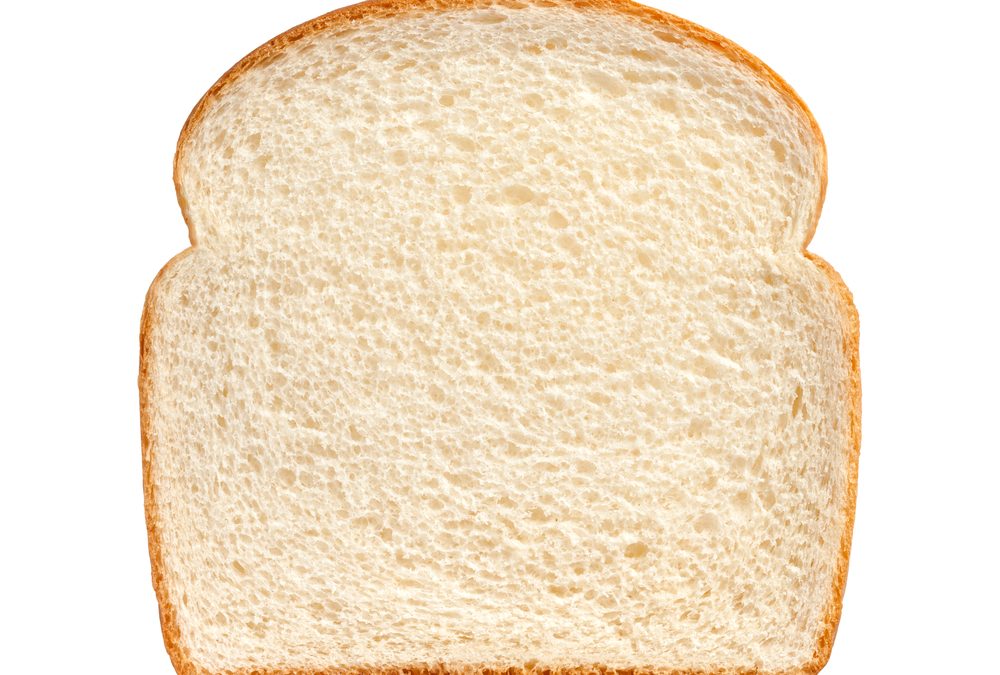
by Dr. Oler, ND | Jun 29, 2016 | Natural Weight Loss, Thyroid, Uncategorized, Underlying Metabolic Imbalances, Weight Loss
The thyroid gland as a metabolic powerhouse directly regulates your metabolism and has a huge impact on your ability to lose weight. Decreased thyroid function makes gaining weight easy and losing weight nearly impossible. When the thyroid gland “engine” has trouble running, every process in the body suffers. The concomitant reduction in metabolic rate is a tremendous factor in weight‐loss.
Certain foods contain goitrogens and should be avoided if you have an underactive thyroid. Goitrogens are substances that disrupt the production of thyroid hormones by interfering with iodine uptake in the thyroid gland.
Foods to Avoid for Underactive Thyroid
White Bread
White bread does not contain significant nutritional value and for some people can contribute to difficulties with insulin resistance and hormonal problems.
Caffeine
Examples include, but are not limited to, coffee, soft drinks, hot cocoa, chocolate and some herbal teas. All of these delicious comfort foods and drinks will depress proper thyroid function and make your underactive thyroid symptoms worse.
Broccoli
Don’t eat this raw or cooked. Broccoli is considered a goitrogenic food, which means that consuming broccoli can increase the likelihood that you’ll develop a goiter somewhere on your body. This would be due to decreased thyroid hormone production.
Other goitrogenic foods: cabbage, rutabagas, coleslaw, sauerkraut, soybeans, kale, white turnips, horseradish, walnuts, peaches.
Peanuts
Yes, they are salty, crunchy and delicious, but they aren’t the best snack choice for someone with an underactive thyroid as they interfere with the production of thyroid hormones.
Fluoride
This is found in toothpaste and drinking water that comes from the tap. Fluoride essentially blocks iodine receptors in the thyroid gland which causes reduced iodine‐containing hormone production.
Chlorine
Not only for pools, it is found in pretty much everyone’s drinking water that comes directly from the tap. Like fluoride, chlorine also blocks iodine receptors in the thyroid gland, causing reduced iodine‐containing hormone production. So drink plenty of distilled or purified water.
Soy
Soybeans are off limits, as they have an anti‐nutrient that contains a chemical which reacts with iodine. Since iodine is critical to make the thyroid hormone, this food should be avoided if you have an underactive thyroid. Soy milk, soy flour, and tofu are also foods to add to the do not eat list.
Garlic
It may keep vampires away and it’s great in spaghetti sauce, however, garlic also reduces iodine uptake in the body.
White Flour
In the same family as white breads, this is a food that can, for some people, contribute to difficulties with insulin resistance and hormonal problems. White flour is a refined and over‐processed food and has little, if any, nutritional value at all.
Eliminating these foods from your diet and you’ll begin the path to returning your thyroid function to normal and begin to make weight loss an easier thing to do.
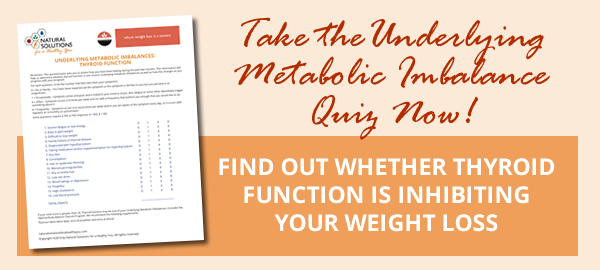

by Dr. Oler, ND | Jun 27, 2016 | Health Partner News, Hormone Imbalance, Hormone Imbalances, Men's Health, Natural Weight Loss, Weight Loss, Women's Health
When most people think of weight loss, or more specifically the inability to lose weight, they usually don’t think about the sex hormones. However, the sex hormones – including estrogen, progesterone, testosterone and DHEA – can play a major role in weight loss and have a significant effect on a person’s weight and ability to maintain or lose weight. Read more…

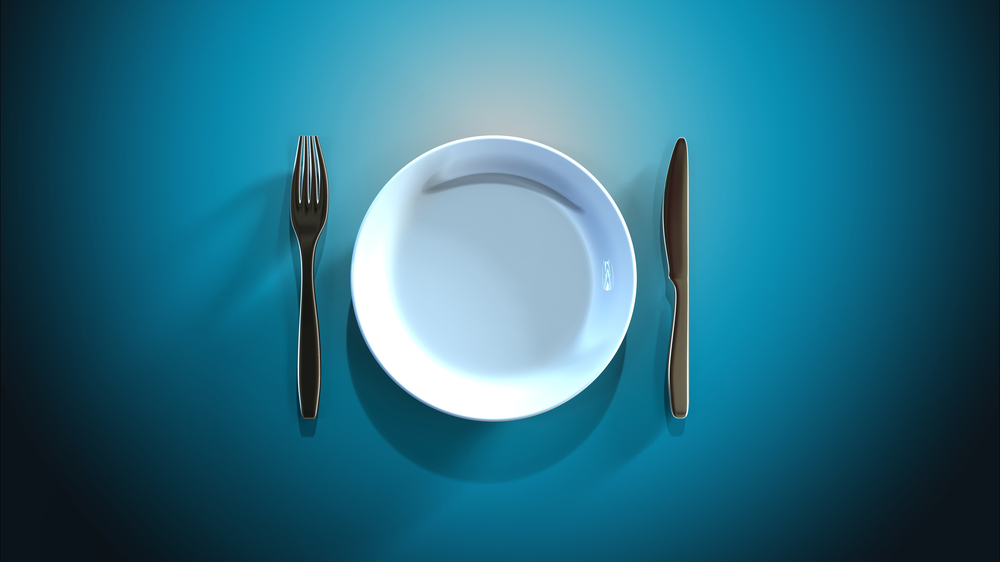
by Dr. Oler, ND | Jun 14, 2016 | Areas of Weight Loss Resistance, Cleansing, Eating Naturally, Natural Weight Loss, Nutrition, Weight Loss
There are many ways to improve your health. Eating lots (and lots, and LOTS) of deep colored vegetables and fruits on a daily basis along with adequate amounts of clean protein (free from hormones, antibiotics, conventional fertilizers, insecticides, etc.) and a handful of raw nuts or seeds on a daily basis while avoiding added sugar, liquid calories and artificial anything can go a long way to improving your overall health.
Fasting can also play a role, although there are certainly ways to optimize the benefits of fasting.
(more…)
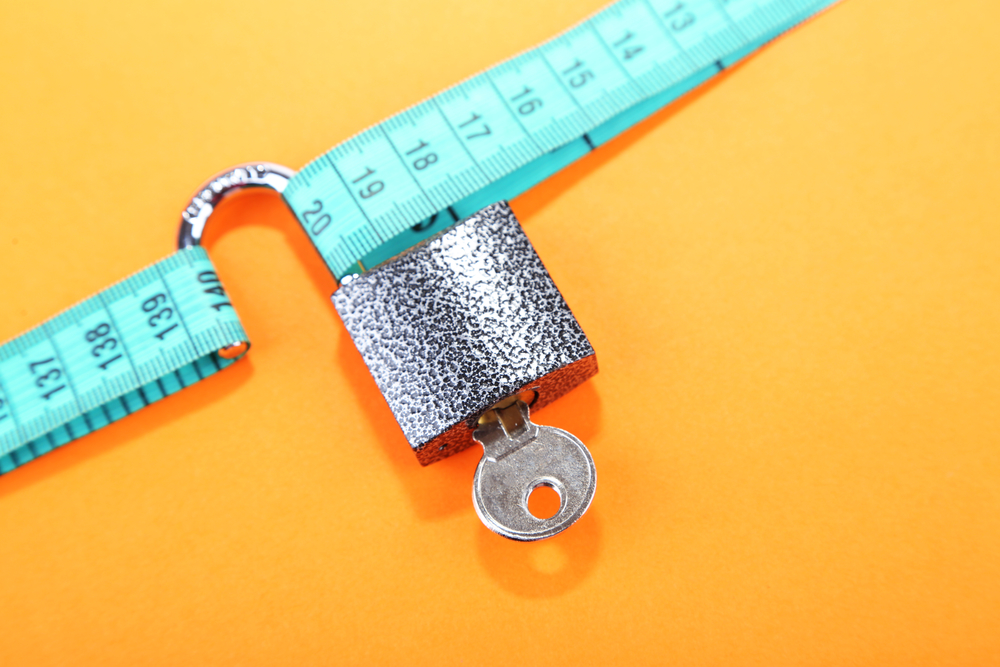
by Dr. Oler, ND | Feb 18, 2016 | Cleansing, Digestive Support, Eating Naturally, Men's Health, Natural Health Products, Natural Weight Loss, Nutrition, Women's Health
Weight loss is tricky. One of the things that haunt even the most dedicated person trying to lose weight is the dreaded weight loss plateau. Almost everybody that tries to lose weight will hit at least one weight loss plateau, usually after losing 15-20 pounds, and most of us will hit several of them if we are losing a significant amount of weight. These can be trying times – you are doing everything “right” and/or the same as you were, but weight loss stops.
When most people hit a weight loss plateau, they double down on workouts and/or become stricter with their diet and/or calories. Rarely does this work and motivation starts to take a hit. Many people give up, as it doesn’t seem like anything they try is helping.
But there is a solution.
Getting Over Your Weight Loss Plateau
When you hit a weight loss plateau, it is almost always due to an imbalance in detoxification. A little background will help you understand why.
Everybody is full of toxins. We live in a toxic world. Even if you eat only organic food and live in the country, you cannot escape the toxins that are all around us. Luckily, our bodies have several mechanisms to help us deal with these toxins. These include modifying and eliminating them; if this is not possible (due to nutritional and or other deficiencies that limit detoxification or due to toxin overload) the body can store these toxins away so they don’t have as great an impact on our health.
And it stores them in body fat.
Herein lies the difficulty with weight loss. When a person begins to steadily lose body fat, there is less and less fat to store these toxins and inevitably, some of the toxins are secreted back into the circulation. At some point, the body recognizes that it cannot safely handle any more toxins and it puts the brakes on fat loss. No matter what you do at this point – whether that is hitting the gym until you can’t move or restricting calories until you are nearly starved – you will not lose significantly more body fat until you support proper detoxification.
This is why detoxification and help you get over your weight loss plateau.
Detoxification – The Key to Getting Over Your Weight Loss Plateau
Supporting proper detoxification will allow the body to rid itself of the accumulated (and newly released) toxins due to previous weight loss. Once this occurs, it can also help the body eliminate stored toxins from existing body fat. Once that happens, the body can then begin to shed this excess body fat again and get you off of your weight loss plateau.
The key is proper support.
Detoxification is a heavily nutrient dependent process, meaning that it takes a lot of nutrients to do it right. Once more, everybody has different imbalances in regards to weight loss. Now, there are tests that can help you determine your specific imbalances (such as the Organix Comprehensive Profile with or without a Fatty Acid Bloodspot). However, many people don’t want to run these profiles. Luckily, there is a kit available to help you cover all your bases which will allow you to safely and effectively address your detoxification imbalances and gets your weight loss moving again in the right direction.
The Dynamic Detox 10-day Detoxification Program is a great way to jump start any weight loss endeavor and/or get you off a weight loss plateau. People that are actively engaged in weight loss would benefit most by doing one of these 10-day programs every 1-2 months, whenever they lose 10-20 pounds or whenever they hit a weight loss plateau, whichever comes first.
Doing a Dynamic Detox 10-day Detoxification Program in this way will keep you losing weight in a healthy way and get you over your weight loss plateau.
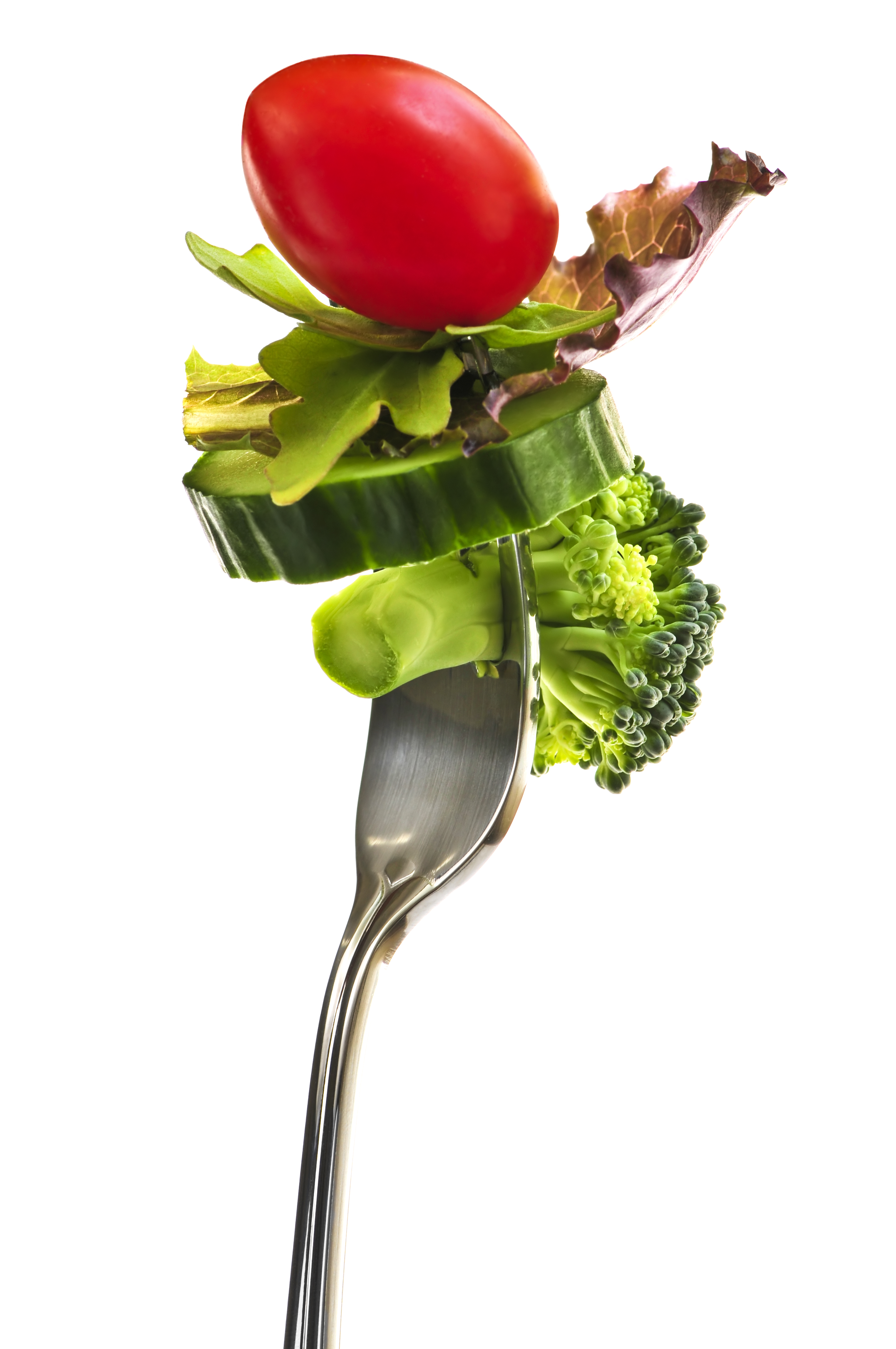
by Dr. Oler, ND | Feb 16, 2016 | Cleansing, Digestive Support, Eating Naturally, Men's Health, Natural Weight Loss, Nutrition, Women's Health
Periodic detoxification is a great way to keep your system running at top efficiency. If you are in the process of losing weight or regaining your health, a formal detoxification program can keep you going along the right path. However, there are three important things you need to think about when planning a detoxification.
Nutrient Density During a Detox
Detoxification is a heavily nutrient-dependent process. This means that the organs and systems involved in the remove of toxins from your body require a LOT of nutrients in order to function properly. Therefore, be sure that your dietary recommendations include lots of nutrient-dense foods, including plenty of fresh vegetables and fruits, clean sources of protein, (only) healthy fats and plenty of water (see Hydration below).
In addition, you should strictly avoid anything that will slow the process of detoxification down, including sugars, white flour, gluten, red meat (beef and pork), packaged meats (i.e., hot dogs, sausage, deli meats, etc.), caffeine, alcohol and anything with artificial colors, flavors, preservatives or sweeteners.
If you start on a food-only detoxification plan and begin to feel weak or otherwise unwell or if you’d just like the added assurance of getting all the nutrients you need for optimal detoxification, use some supplemental support (like the 10-day Clear Change Detox Program Kit).
Hydration and Detoxification
During any detoxification program, your body will be throwing off a lot of toxins. You need to facilitate the removal of these toxins as quickly as possible, and one of the best ways to do that is to drink plenty of water.
How much? A good general rule is to drink one-half your body weight in ounces per day plus 16-32 ounces during the detoxification. For example, a 200 lb. person would drink 100 ounces plus 16-32 ounces throughout the day. It is best to drink water every 30 minutes throughout the day to optimize hydration.
Rest & Relaxation
During a detoxification, you want as much of your energies as possible to go towards the detoxification process. Therefore, it is very important that you schedule plenty of down time during the detoxification program. This includes at least 8-10 hours of sleep each night, reducing exercise to walks and mild-moderate activity, incorporating some deep breathing exercises throughout the day and giving yourself the time (if you need it) to rest and relax during the day.
A detoxification is also a wonderful time to unplug and disconnect to all the chatter around you. Try an “information holiday” as much as you can – skip the news (TV, internet, paper) and reduce/eliminate electronic connections (Facebook, Twitter, blogs, etc.). Use that time to do some breathing exercises, make some great food, catch up with old friends and/or do anything else that serves you and helps you to relax.
Periodic detoxifications can be fun and enjoyable as long as you plan ahead. Keep these three things to think about when planning your detoxification and you’ll be well on your way to a healthier, happier you.











